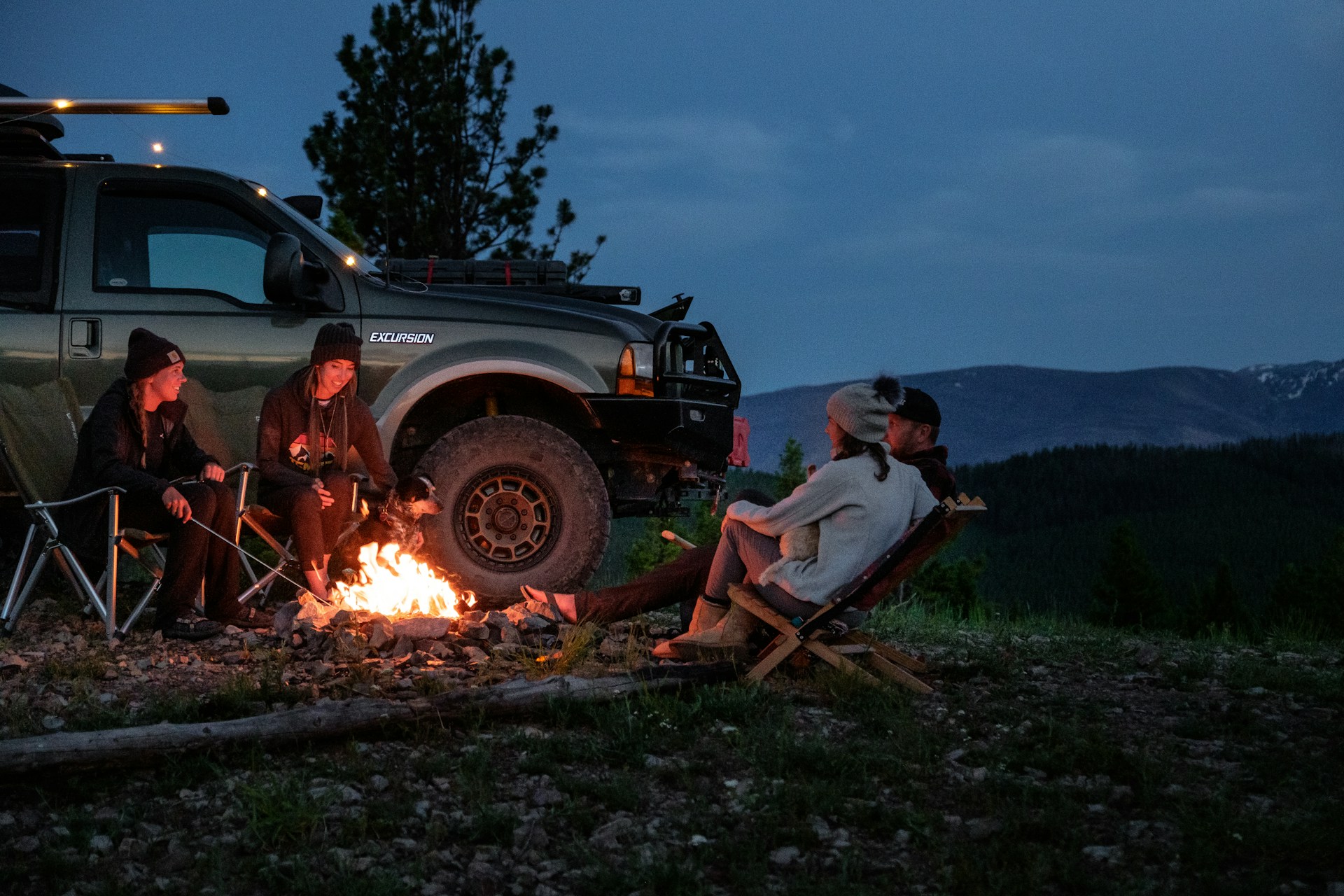The U.S. has thousands of hiking trails spanning deserts, forests, wetlands, mountains, and marshes. Over the past several decades, a variety of wildlife‐incident reports (from state wildlife agencies, academic studies, and public health data) have been collected to assess which animals pose real risks to hikers. The list below uses verified statistics on human injuries, fatalities, and disease transmission to highlight 13 of the more dangerous animals or plants you might encounter on U.S. hiking paths, along with where, how often, and under what conditions these dangers occur.
Rattlesnakes: Silent Venomous Strikes

Each year in the U.S., about 8,000 venomous snakebites are reported, and rattlesnakes make up a large share of these bites. Though most bites aren’t fatal—only about 1 to 2 deaths annually are attributed to rattlesnake venom due to prompt medical treatment. Rattlers are active mainly in spring through early fall, especially in arid or rocky terrain (Southwest and parts of the Southeast), and are often encountered by hikers who accidentally step too close, surprise them under rocks or logs, or try to pick them up.
Black Bears: Rare Fatalities, Many Encounters

Black bears (Ursus americanus) are widespread across forests in the continental U.S. Reports indicate there are 750,000 to 1 million black bears across North America, yet there are fewer than one fatal black bear attack per year on average. Between 2000–2019, lower 48 states saw about nine fatal black bear deaths, many involving unusual circumstances like feeding or being in enclosed areas. Most injuries occur in summer when hikers frequent bear habitat, attract bears with food odors, or surprise mother bears with cubs.
Coyotes: Opportunistic Threats, Mostly Scares

Coyotes (Canis latrans) are common across much of the U.S., particularly in rural‐wildland interfaces but also increasingly near suburban areas. Verified attacks on humans are extremely rare; when they occur, they are often when coyotes are habituated to humans, fed (directly or indirectly), or when pets draw them closer. There is no large dataset reporting many fatalities, though pet attacks are more common. Because they are smaller than wolves and mountain lions, coyote attacks tend to be less severe.
Mountain Lions (Cougars): Few Attacks but High Risk When They Happen

Between 1950 and 2009, researchers identified 141 confirmed mountain lion attacks on humans in North America, 15 of which were fatal. Over roughly the past century, about 126 attacks, including 27 fatalities, have been documented. Attacks are most likely in the Western U.S., in areas where human development encroaches on cougar habitats. Attack severity tends to rise in winter months and when the animal is older (>36 months).
Moose: Massive but Often Defensive

Moose may look peaceful, but in places like Alaska, New England, and parts of the Rocky Mountains, moose cause more injuries to humans than predators in some areas—though most are defensive (e.g. when disturbed, during rut, or with calves). Reports show that in boroughs of Anchorage, for example, moose are among wildlife frequently spotted and involved in dangerous encounters near trails. While fatal incidents are rare, injuries (kicks, trampling) can be serious.
Bison: Powerful, Unpredictable Goliaths

In national parks like Yellowstone, bison injure visitors regularly. On average, Yellowstone reports about 40 bison‐related injuries per year involving park guests. These are often from people approaching too closely for photos, being unaware of bison’s speed (they can run ~35 mph) or their mood. Fatal bison attacks are rarer but have occurred. Staying at least 25 yards (23 meters) away from bison is recommended in park guidelines.
Brown Recluse Spiders: Hidden but Potent Bite

The brown recluse (Loxosceles reclusa) is found primarily in the central U.S. (Midwest to parts of the South). Its venom can cause necrotic lesions in some cases, though most bites heal without serious complications. Verified human fatalities from brown recluse bites in modern U.S. medical literature are extremely rare. Risk increases when hikers reach under rocks, logs, or into woodpiles or sheds.
Wild Boar (Feral Hogs): Aggressive and Increasingly Common

Feral hogs (Sus scrofa) are now found in over 35 states. They reproduce rapidly and often congregate in thick underbrush or near water sources. While exact statistics of human fatalities are limited, there are increasing reports of injuries due to tusks, especially when hogs are cornered or protecting piglets. They can surprise hikers from low vegetation, and in some states (Texas, California, Florida) they are a known hazard in backcountry settings.
Alligators: Water’s Hidden Predators

From 1948 to 2004, 376 injuries and 15 deaths from alligator encounters were reported in the U.S. More recent data indicate around 442 unprovoked bite incidents between 1948 and November 2021, of which 26 were fatal. Florida alone has ~1.3 million alligators and averages about eight unprovoked attacks per year. These attacks mostly involve people swimming or wading in water bodies, at night, or near dusk. Risk is much lower on dry land trails away from water.
Ticks: Tiny Carriers of Big Diseases

Ticks are not dangerous because of size but because of what they carry. Lyme disease is the most common tick‐borne illness in the U.S.: in 2023, over 89,000 cases were reported via routine surveillance, but estimates suggest ~476,000 people are diagnosed and treated each year. Risk is highest in the Northeast, Midwest, and mid‐Atlantic states, with blacklegged ticks (Ixodes scapularis) as the main transmitters. Prevention includes long clothing, tick checks, and quick removal.
Wolves: Extremely Rare but Not Impossible

Gray wolves (Canis lupus) and other wolf species are largely reclusive and human‐wolf interactions leading to serious injuries are very rare in the contiguous U.S. Most known attacks globally number in the low hundreds over decades. In the U.S., documented fatalities due to wolf attacks are extremely scarce. Risk increases in very remote backcountry areas, if wolves habituate to humans (rarely), or if food sources are scarce.
Bobcats: Small Predators, Low Danger

Bobcats (Lynx rufus) are widespread across many U.S. states. They typically weigh 20–30 pounds, are shy, and avoid humans. Verified attacks on humans are very rare. Most recorded incidents involve small pets. Fatalities are almost nonexistent. A significant risk is misidentification or getting too close, especially at dusk, near dens, or during breeding season.
Poison Ivy: The Plant That Bites Back

Though not an animal, poison ivy (Toxicodendron radicans) causes more hikers discomfort than many wildlife attacks. Around 30–50% of people are sensitive to its oil (urushiol), and contact can lead to allergic dermatitis (itchy rashes, blisters) within hours to days. Poison ivy is widespread across the Eastern U.S. and parts of the West. Key risk: brushing against leaves or unknowingly stepping through undergrowth.





